Panier
Close
- No products in the cart.
Sous total (Hors frais de livraison)
0,00€
Payer
Expédition et livraison
Réparation et maintenance
Your wingfoil session was great. You sailed well and made good progress… But did your wing suffer any damage? Don’t panic, here are a few tips for repairing minor damage and prolonging the life of your wing. You’ll be back on the water in no time.
Torn spinnaker, punctured bladder, valve in poor condition. Everything can be changed or restored.

A little accident on your wingfoil is something that happens sometimes. Yes, it’s frustrating because you can’t use it for a few days. Fortunately, there are ways of repairing it yourself (as long as the hole isn’t too big). And most wing bags come with repair kits.
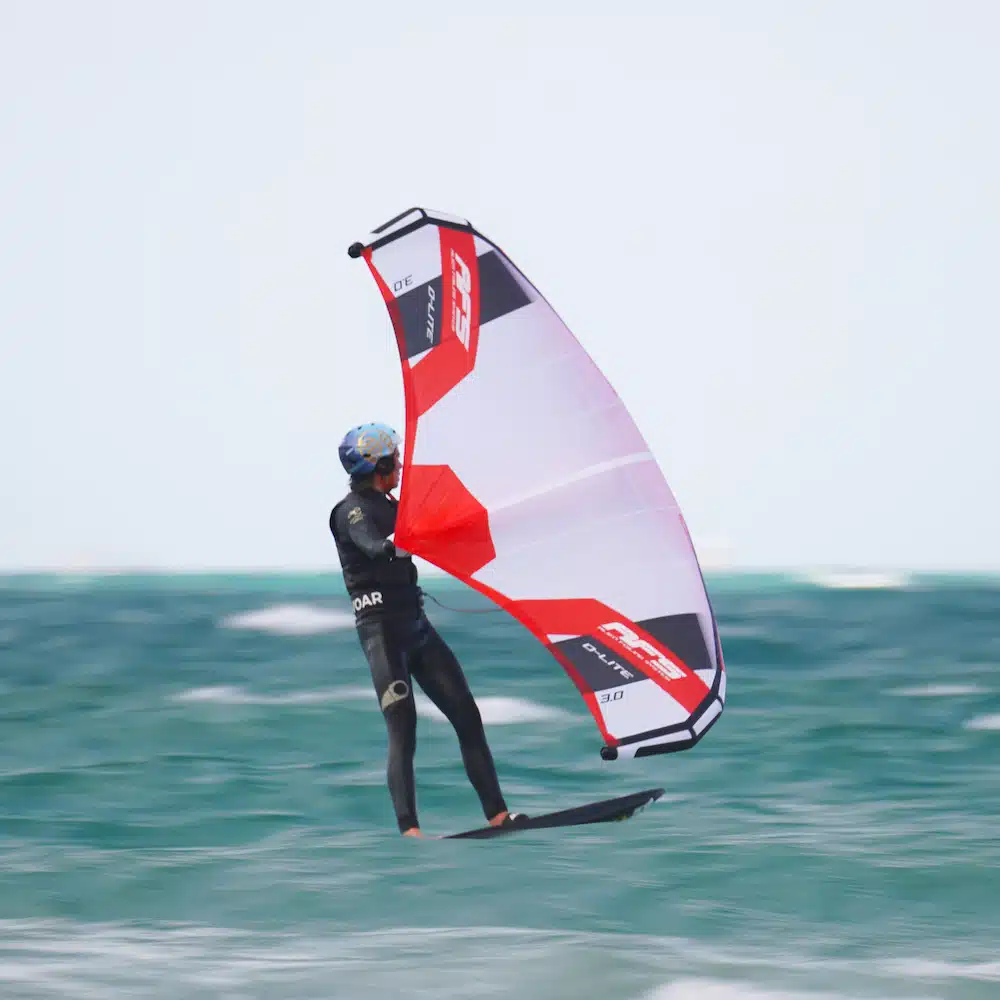
One or more patches: these should be self-adhesive in dacron or nylon, slightly larger than the tear.
A pair of scissors: to cut them to size.
A clean, damp cloth: to clean the area to be repaired. No traces of salt, dust or grains of sand should remain.
A second clean, dry cloth: to dry the part of the wing you’ve just cleaned.
Preparation: carefully clean and degrease the edges of the torn part on both sides of the canopy (the spinnaker).
Apply the patches: place one on the lesion and on either side of the affected area. Make sure they are centred. Press firmly on the two cut stickers with rounded edges. This ensures good adhesion to prevent them coming off more easily.
Reinforcement (optional): for even better reinforcement, if you know how to sew or if someone close to you does, this is even better than gluing (but more delicate).
Occasionally, some wingfoil damage requires the intervention of a professional sailmaker. This may be due to the damage being too large, or to the delicate location on the spinnaker. Once again, no stress: many experts are ready to come to the rescue of your equipment. You can easily find them on the web, or ask your favorite surf shop for advice.
Can the bladder be repaired too?
It too may need sealing, whether because of visible damage or signs of wear. However, this type of intervention requires a little more know-how.
Although it’s possible to tinker with a small leak, it’s generally advisable to replace the entire flange to ensure the safety and performance of your wing.
It’s much the same repair procedure as the canopy. However, like a bicycle inner tube, there are a few steps to take into account:
1. Remove the bladder from the wing, which is deflated at this point.
2. Re-inflate the bare bladder.
3. Run it through the water to see where the leak is. This can be in a bathtub or a very large basin, but that’s not really environmentally friendly. The easiest way to do this is to sprinkle a bit of washing-up liquid on the pudding. As soon as it bubbles, you’ve located the leak.
4. Clean and remove moisture (mainly from the impacted area).
5. Glue the small self-adhesive piece of the same material as the bladder to the damaged area (a kind of latex). Alternatively, blenderm can be used, but it may not last very long (you’ll need to find it in your sailing bag, or you can buy it in a surf shop).
Changing the bladder is a more complex operation requiring a certain amount of know-how. If you’re not sure, it’s best to leave it to a professional.
1. Dismantling: the sail must be completely deflated. You’ll need a very large cord or piece of rigid sail. Or kite lines if you have them.
2. Extraction: Carefully remove the old bladder from the canopy, after attaching the small cord to the valve. Then pull on the other end of the bladder to be replaced.
3. Inserting the new bladder: gently insert it into the canopy, following the path of the old one. You can sprinkle the new one with talcum powder before inserting it into the canopy. This will help it slide more smoothly.
4. Reassembly and re-inflation: reinstall the valve and inflate your wing to the recommended pressure. This is to check that everything is in order.
To help you understand better, you can watch this video tutorial.
When you need to refurbish your wingfoil equipment, it’s essential to find the right materials and the right addresses.
Here are a few tips:
Surf shops: specialist water sports stores (online or physical) are a great place to find what you need. They usually carry a range of products adapted to different types of damage, such as self-adhesive patches, special fabric glue or cord.
Sailmakers: specialized watersports repair shops and sailmakers bring your sails back to life with the most suitable materials. And often with the same fabric color and custom bladder. Don’t forget to ask for a quote first.
Wingfoil brands: contact the after-sales service of your equipment brand directly if you didn’t buy it long ago. They’ll be able to point you in the direction of authorized dealers or the items you need. And sometimes, brands also sell the famous “tool kits” needed for wingfoil gear.
Specialized websites: many websites offer wingfoil repair kits. Some even have tutorials to guide you through the repairs.

Proper care of your wings will extend their life and give you longer use
and endless sessions. Here are a few tips:
Rinse with fresh water: after each session (or almost), you can rinse your wing with fresh water to remove salt and, more importantly, sand (and sunscreen residue).
Drying in the shade: don’t leave it to dry for long periods on the beach or in direct sunlight, as UV rays can damage the fabric. And above all, never hang it up to dry, to avoid a hernia on the bladder (knot). It should dry flat.
Storage and protection: store in its cover, then in a dry place away from direct sunlight.
Regular inspection: check condition regularly, especially seams and bladders.
Quick repairs: fix minor damage as soon as it appears to prevent it from getting worse.
Protect it from shocks: during transport and storage, avoid impacts that could damage it. The same goes for sailing.
If you’re still unsure about how to repair your wingfoil, don’t hesitate to ask your questions in the AFS chat, we’ll be happy to help.
Click & Collect
Secure payment in 3 or 4 instalments
Advice from enthusiasts
Satisfied or your money back
2 to 3 years warranty
Worldwide delivery
Votre emplacement actuel et les langues disponibles
Your current location and available languages
Build your complete foil equipment according to your practice and objectives.
Answer a few quick questions and get a suggestion.
Compare up to three stabilizers side by side.
Coming soon...
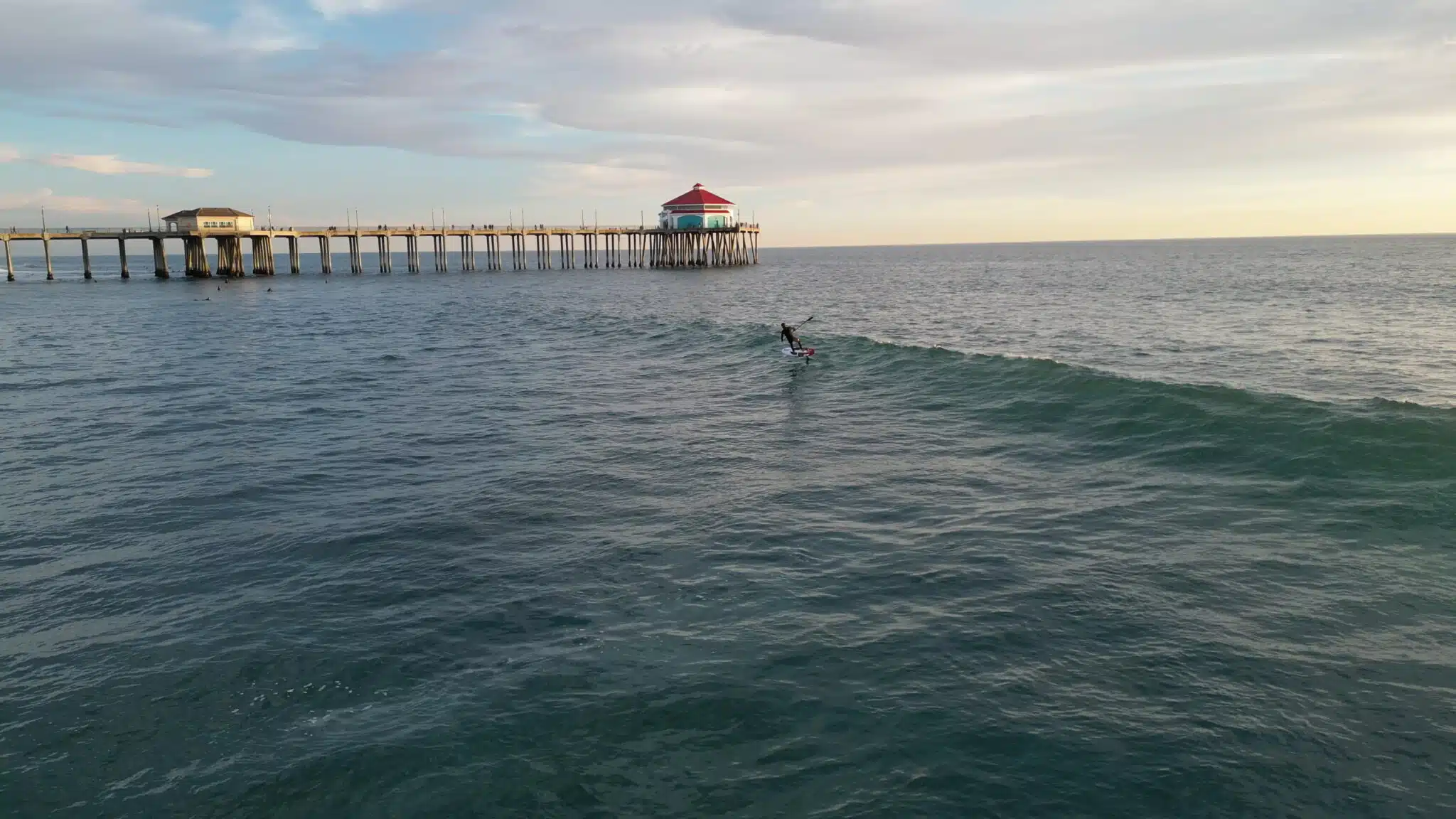


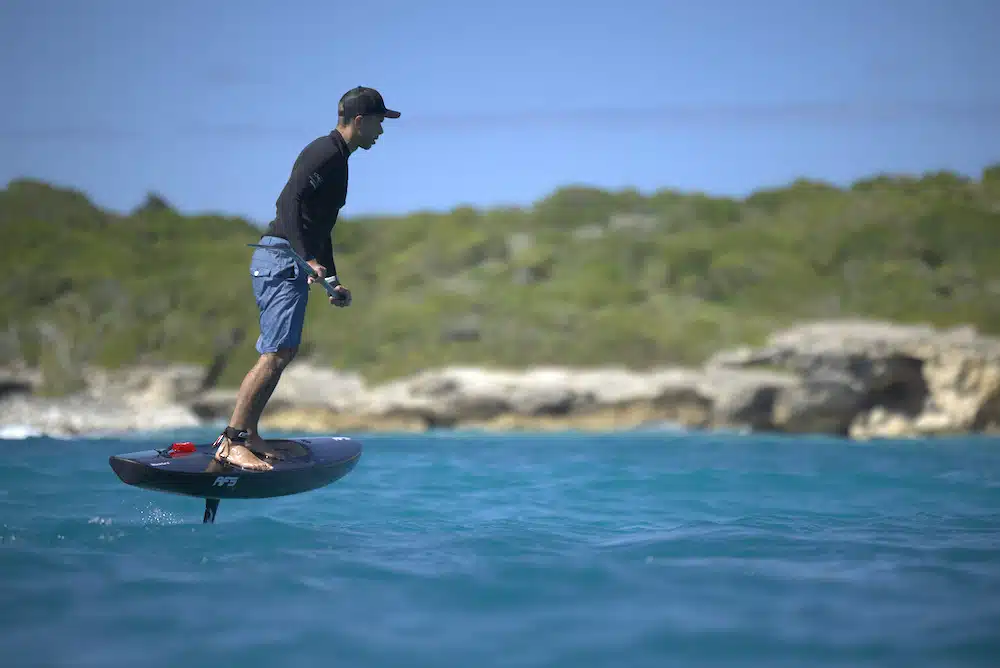
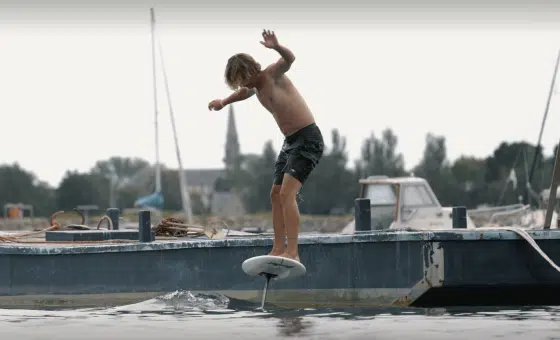
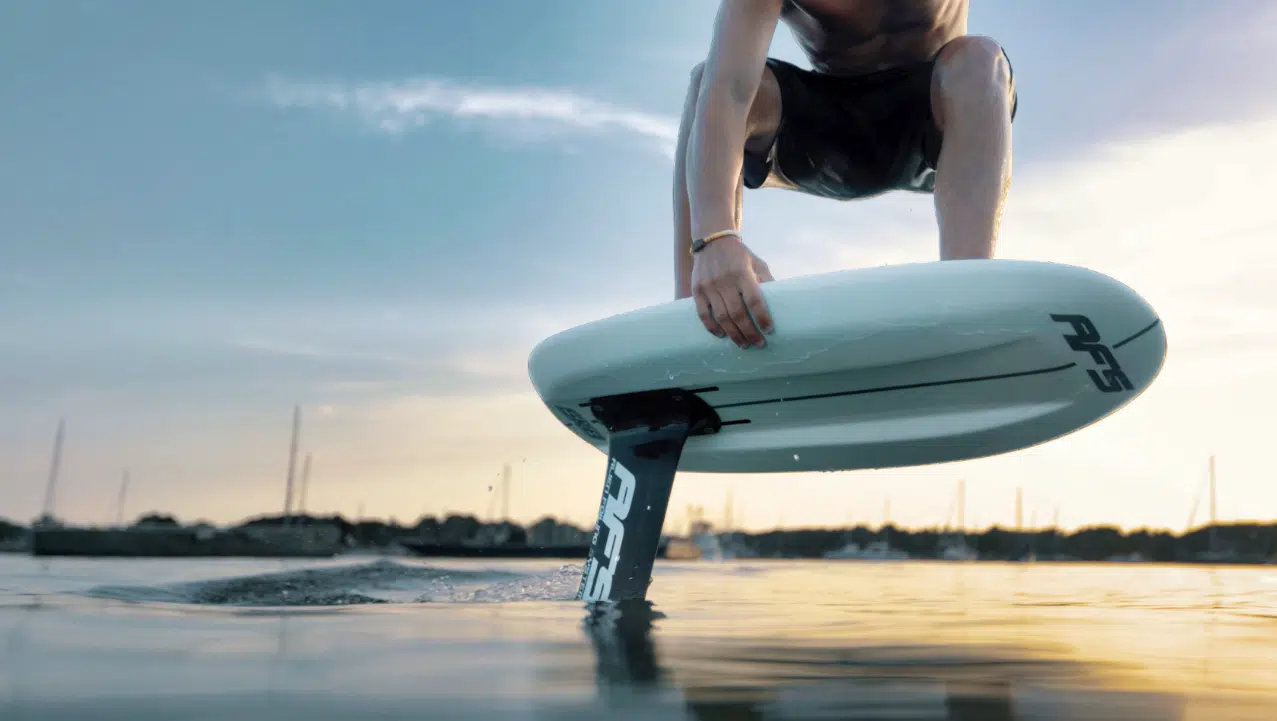
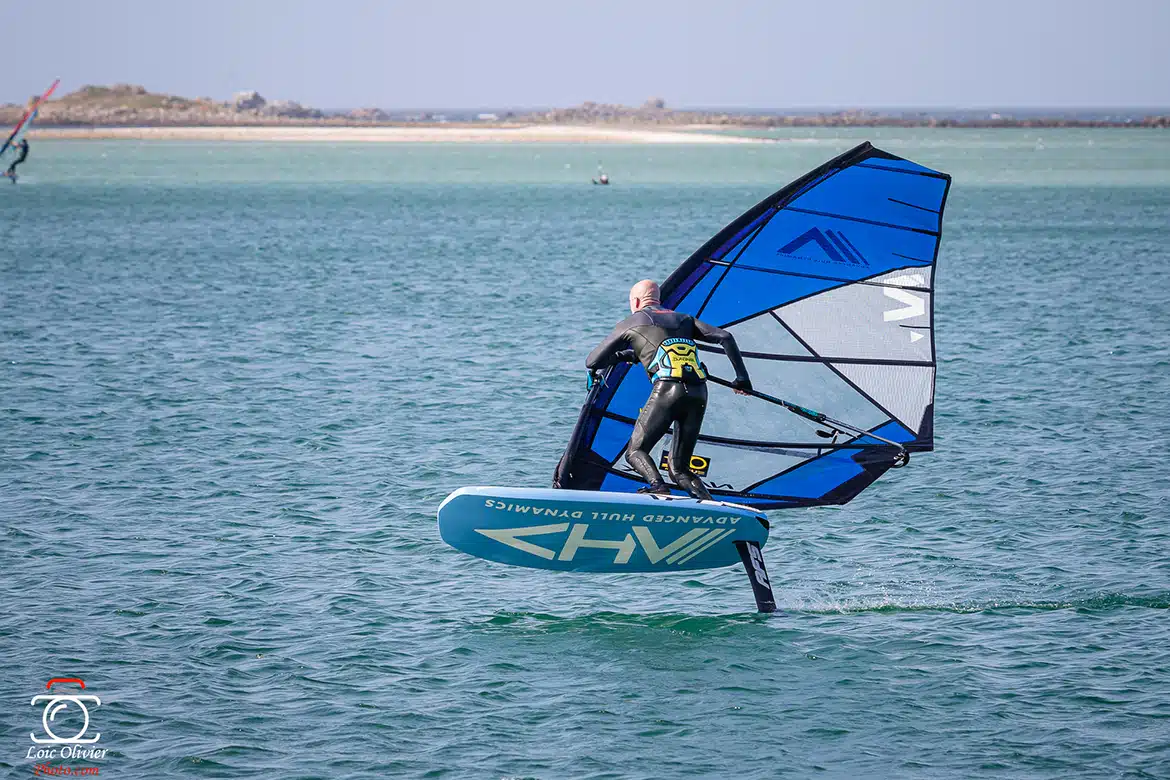

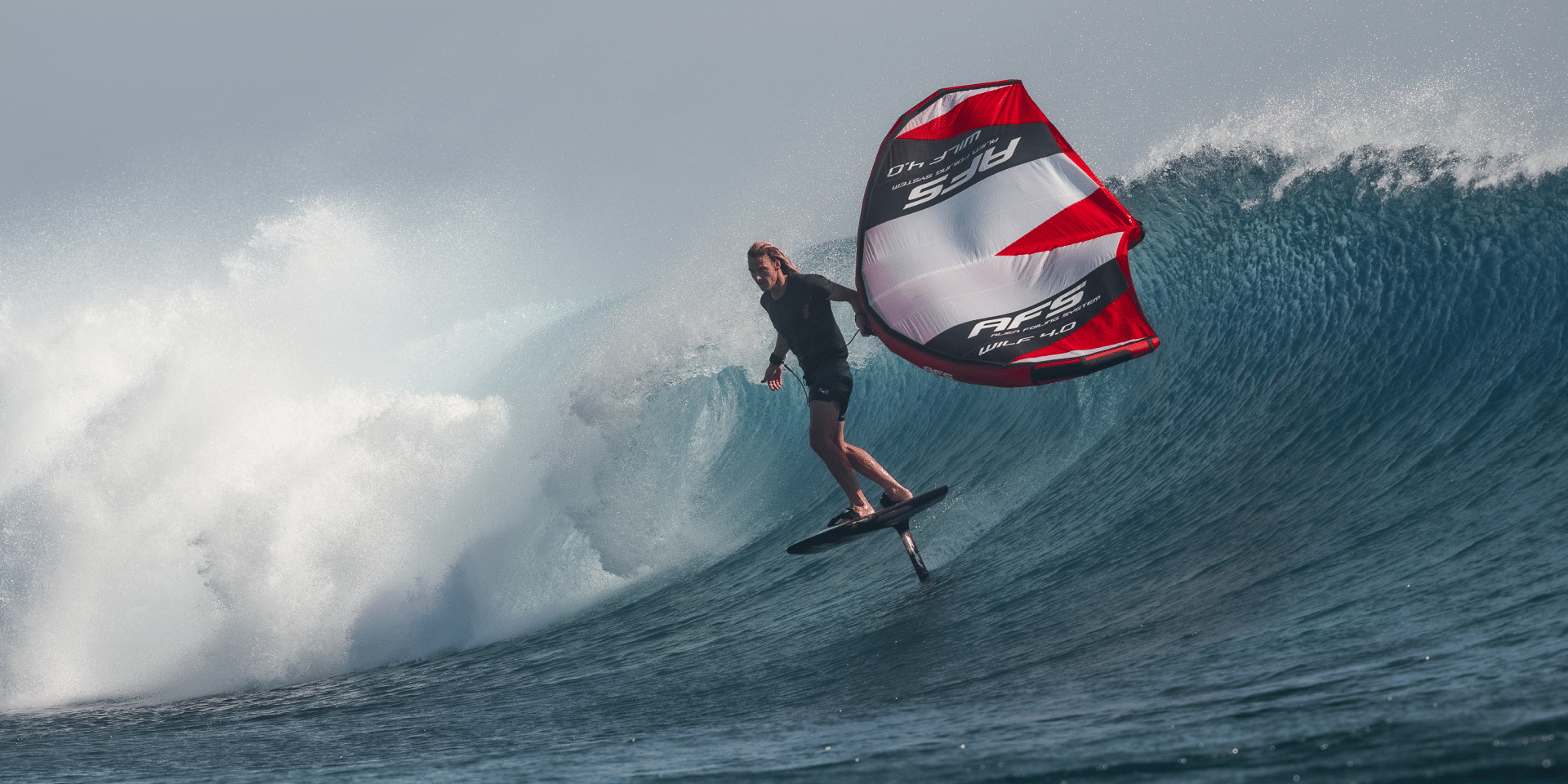

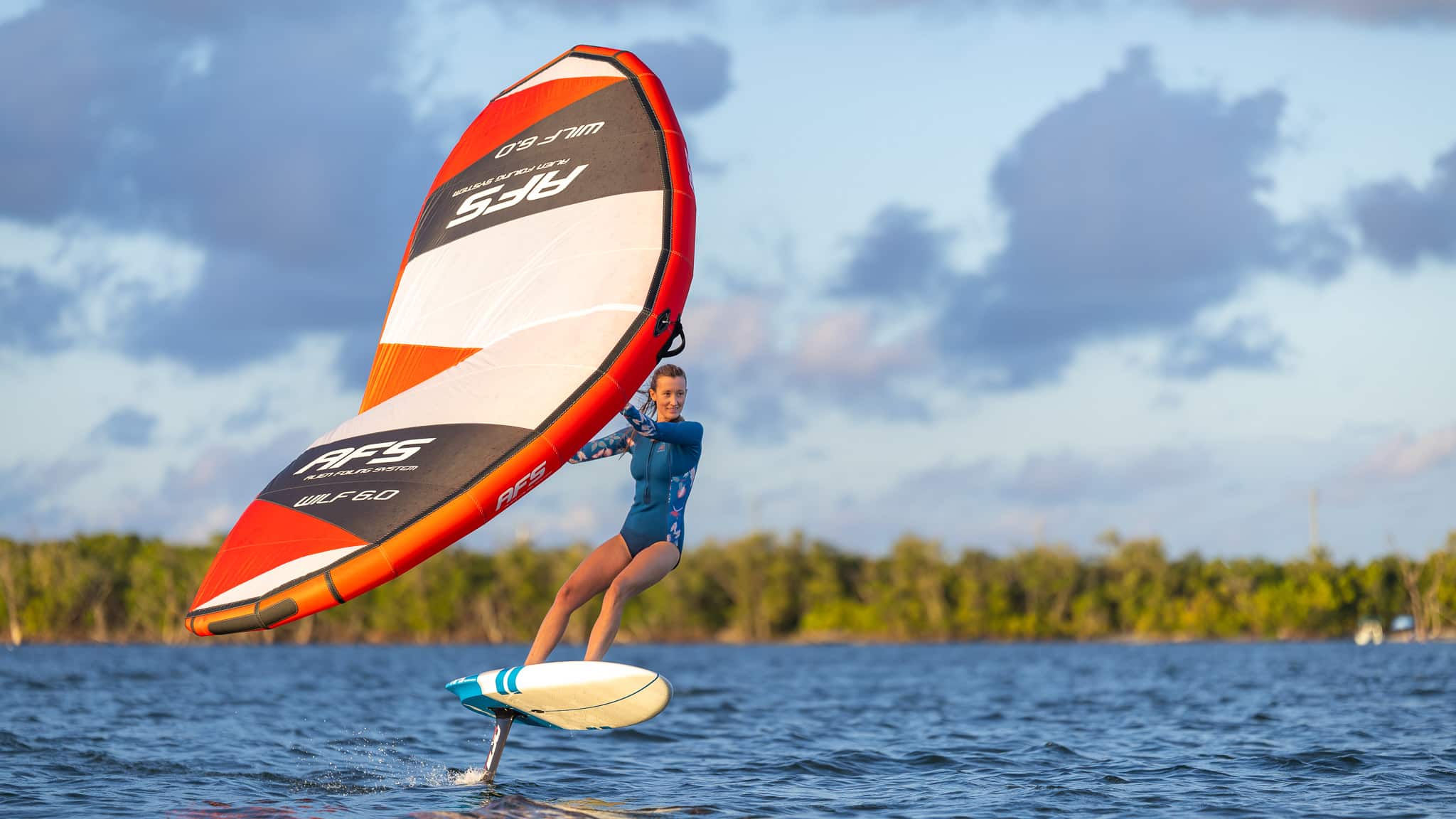

You will receive a product in excellent condition, with a few minor scratches from use.
Your product may have a few minor scratches or visual defects, but it's ready to take to the water again!
Despite deeper scratches or more pronounced visual defects, your product can take to the sea without hesitation: at this price, it's a shame to miss out!